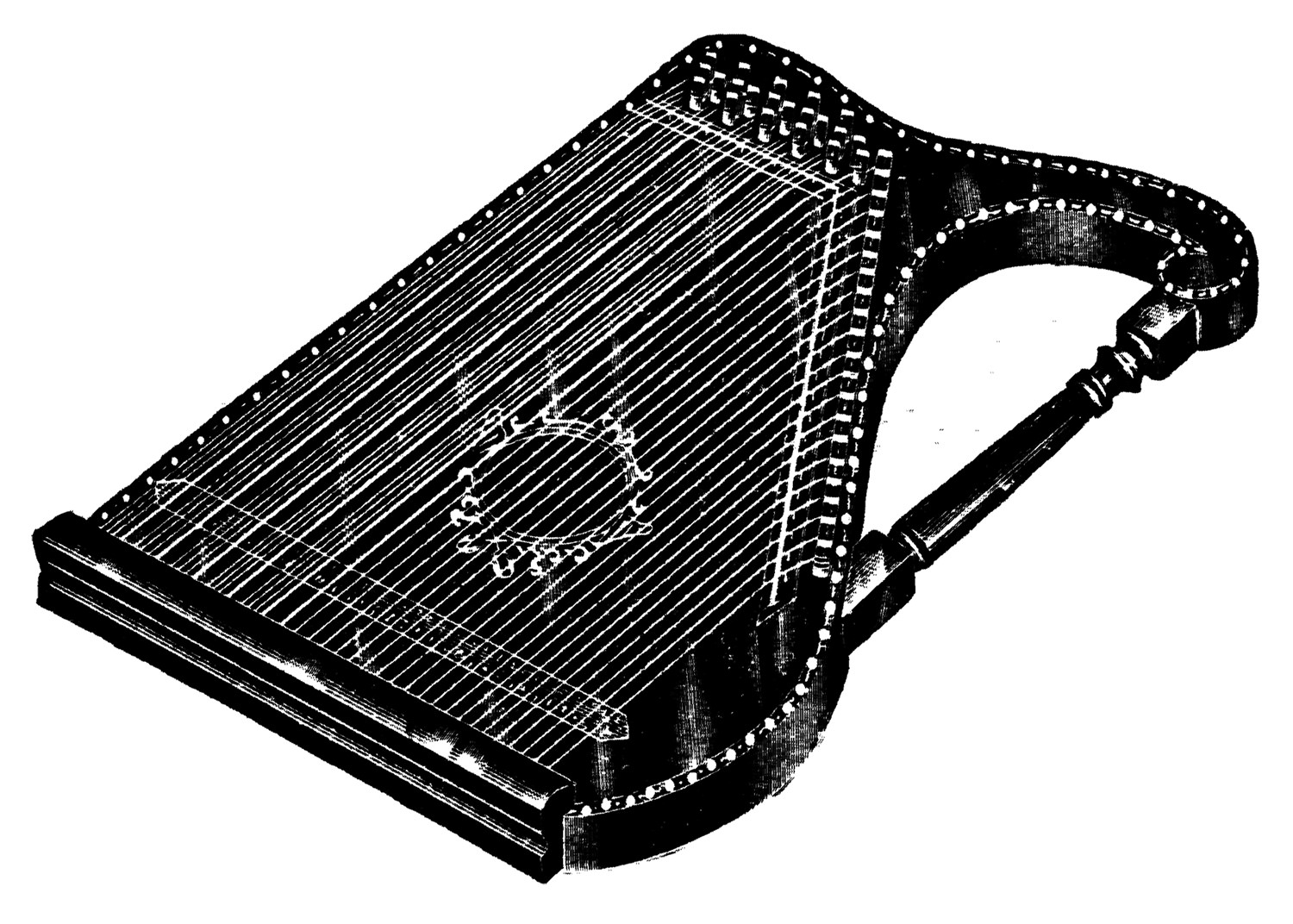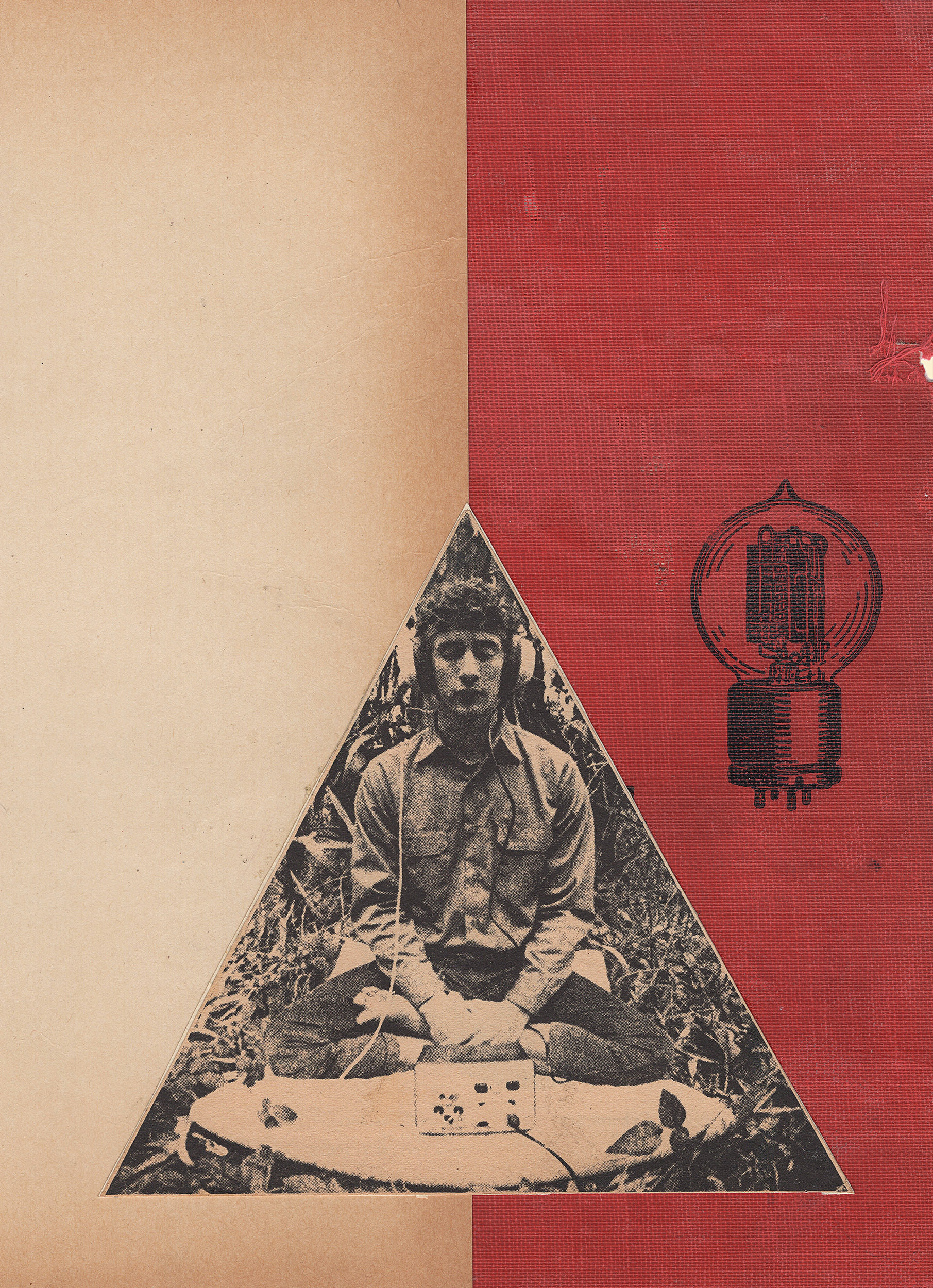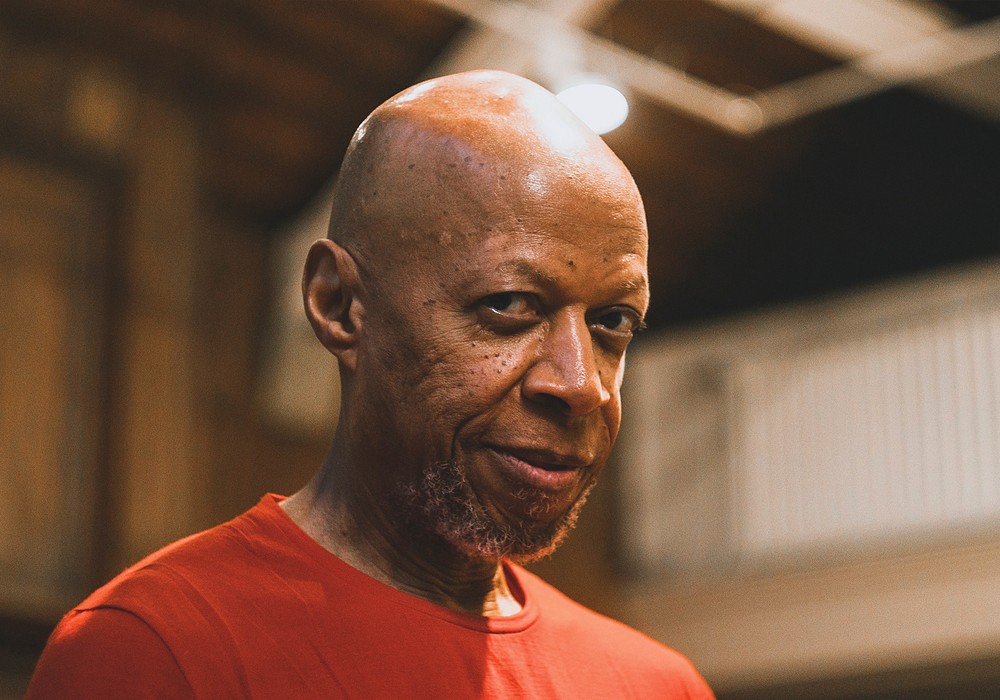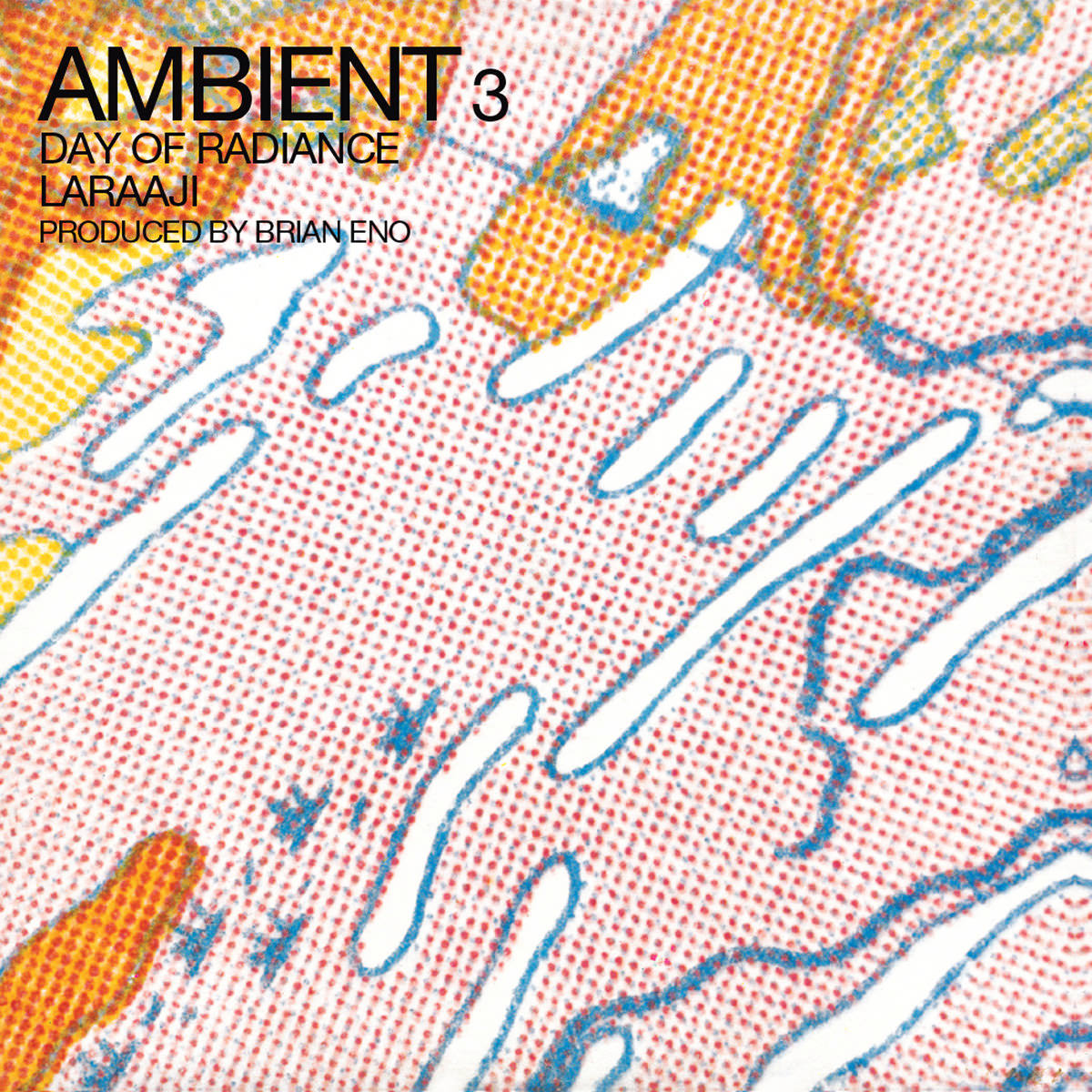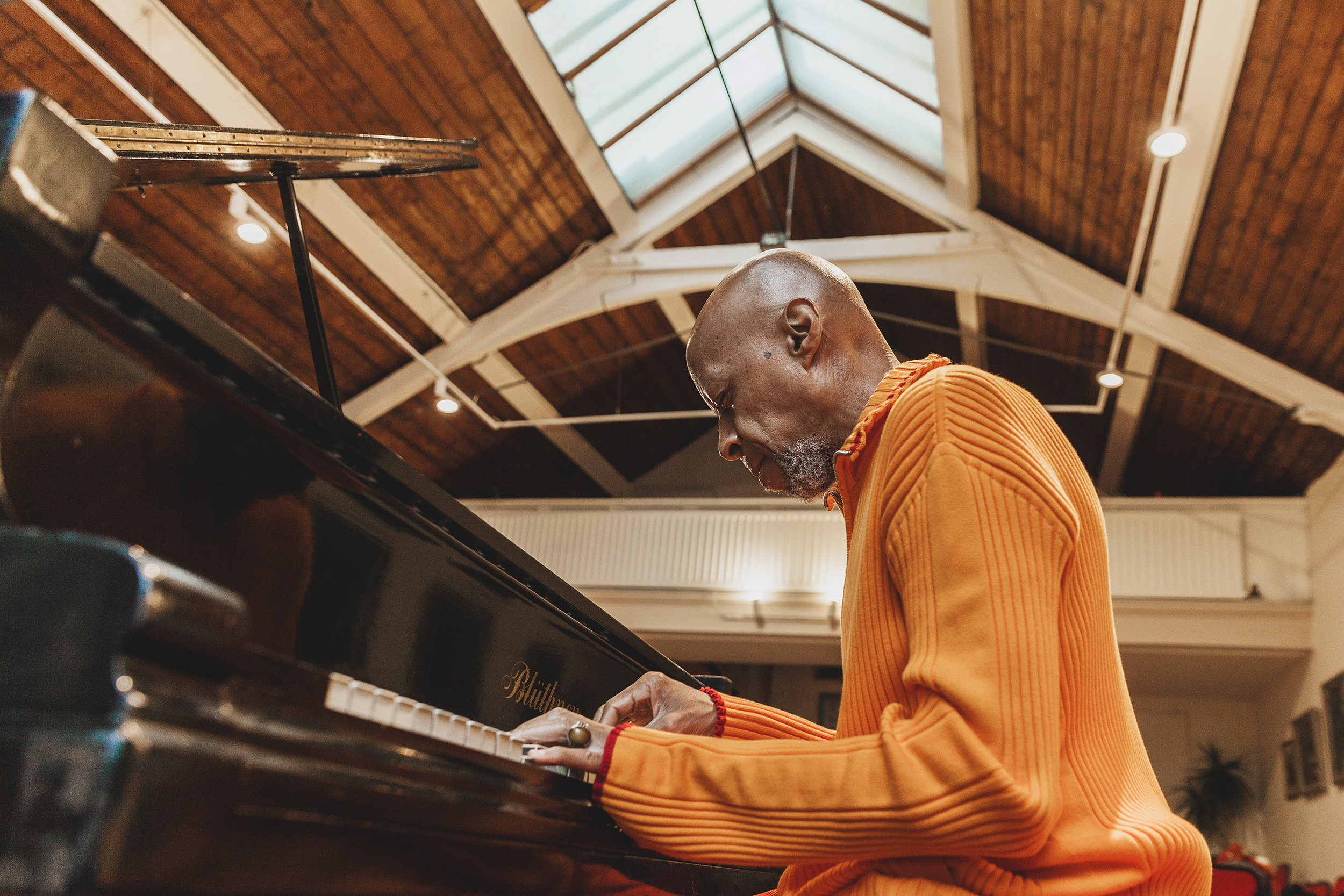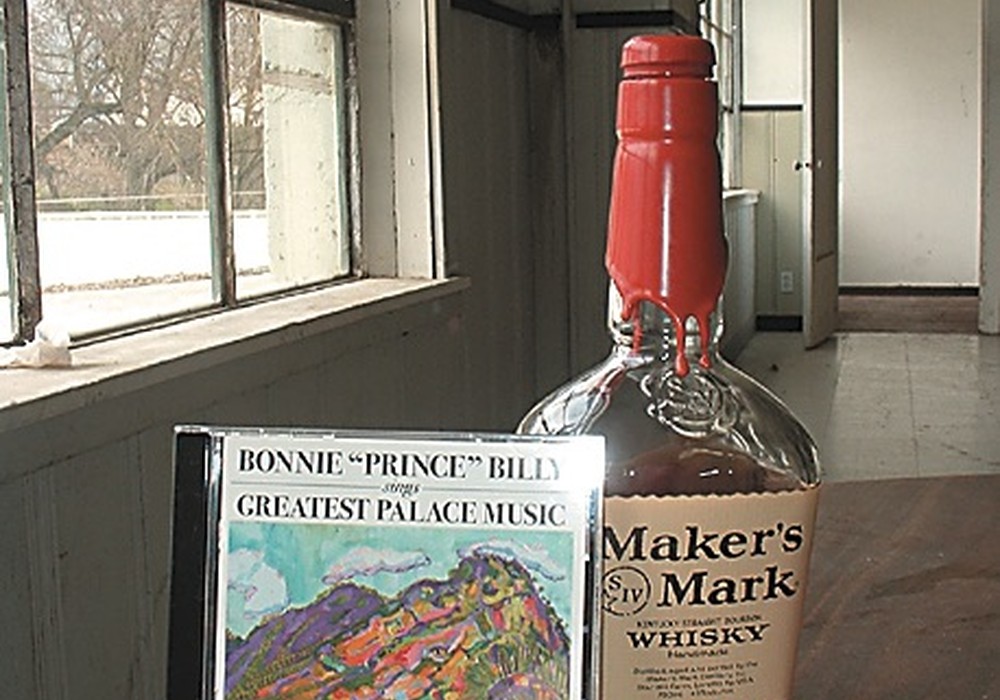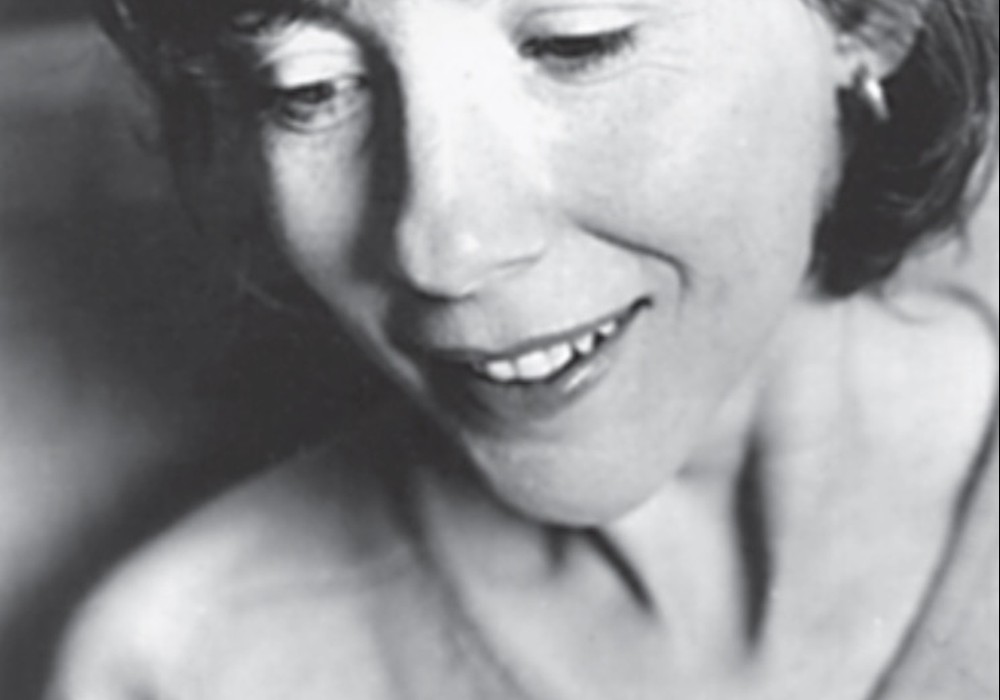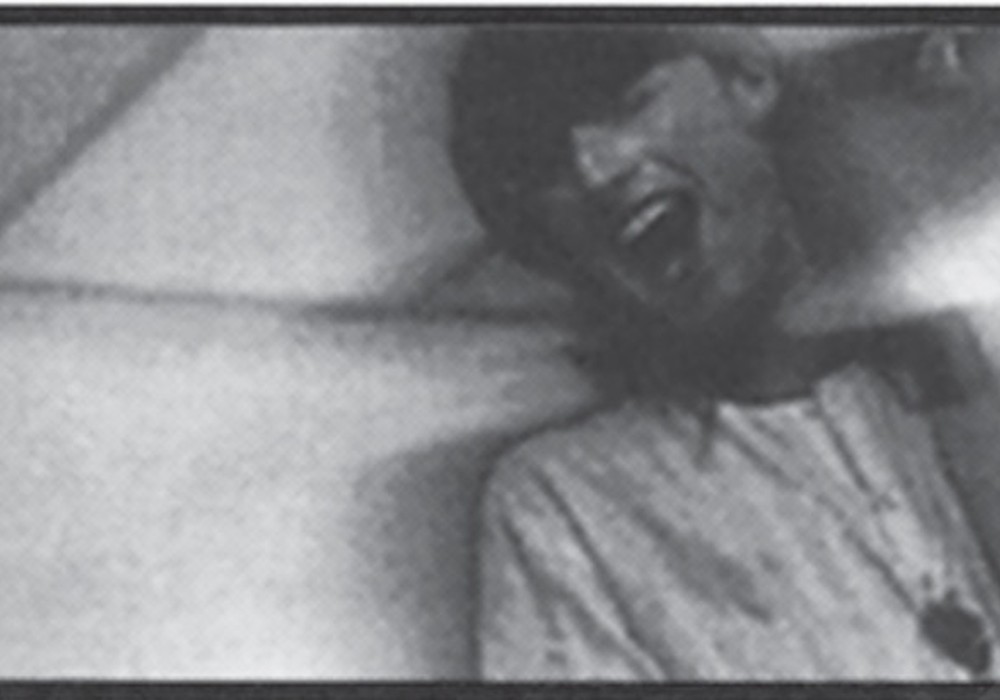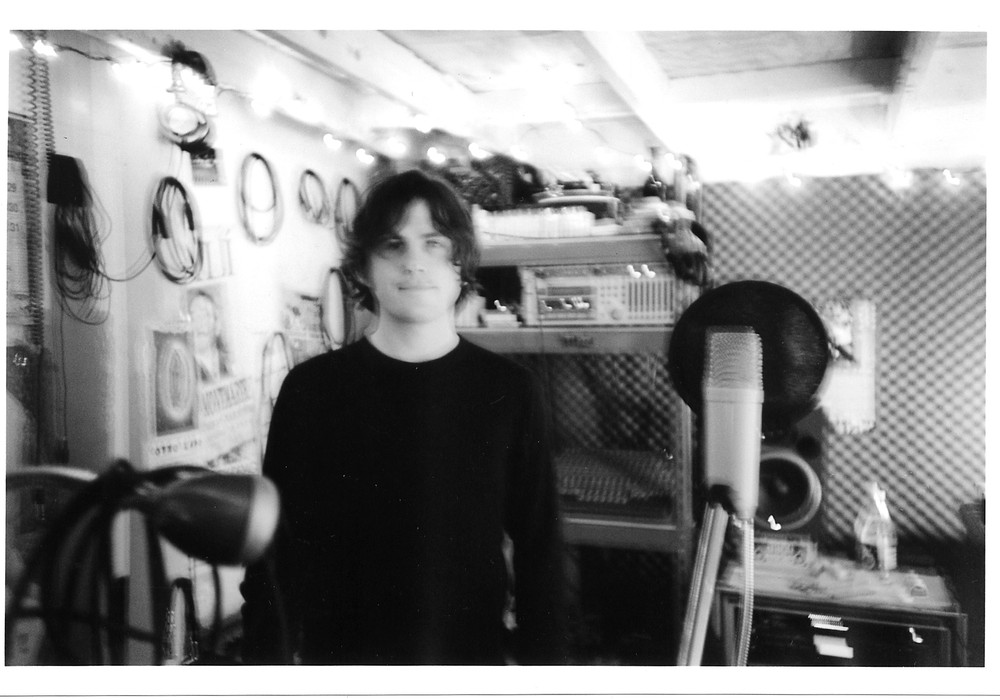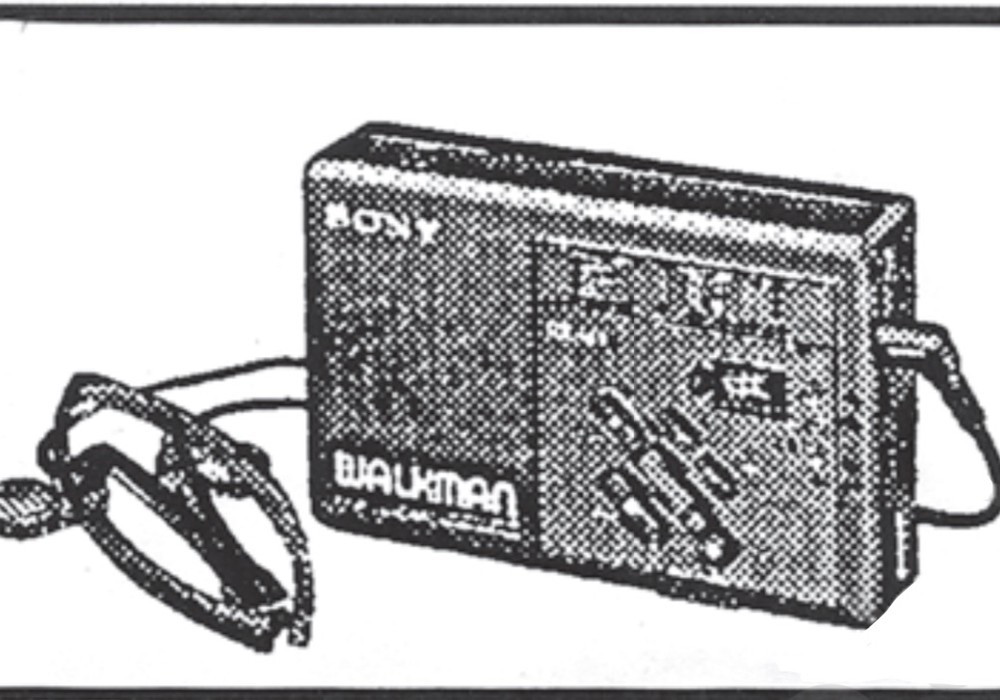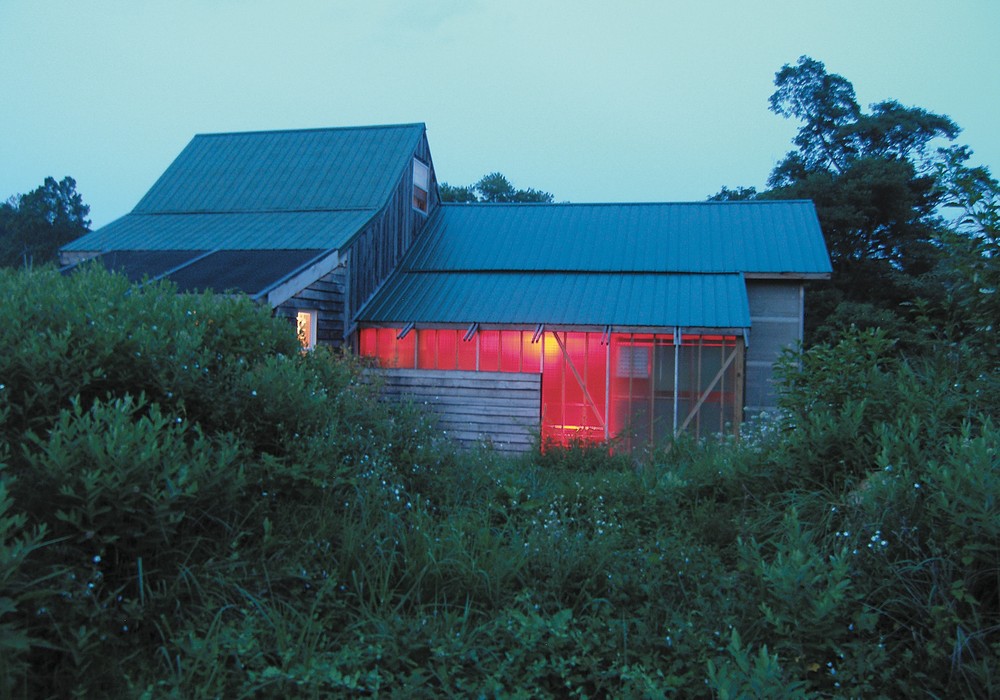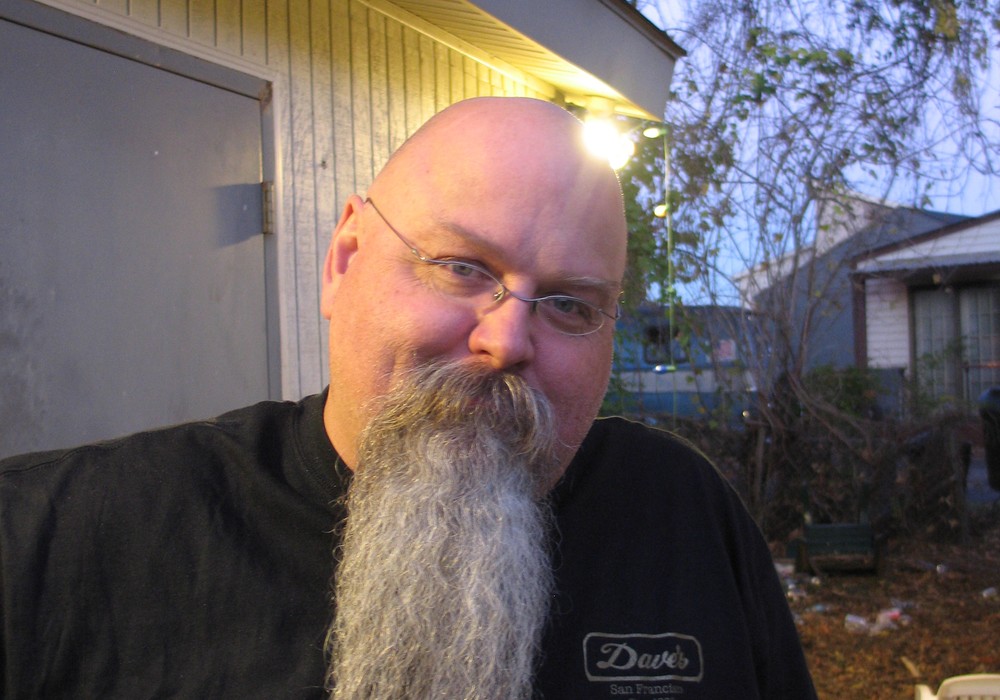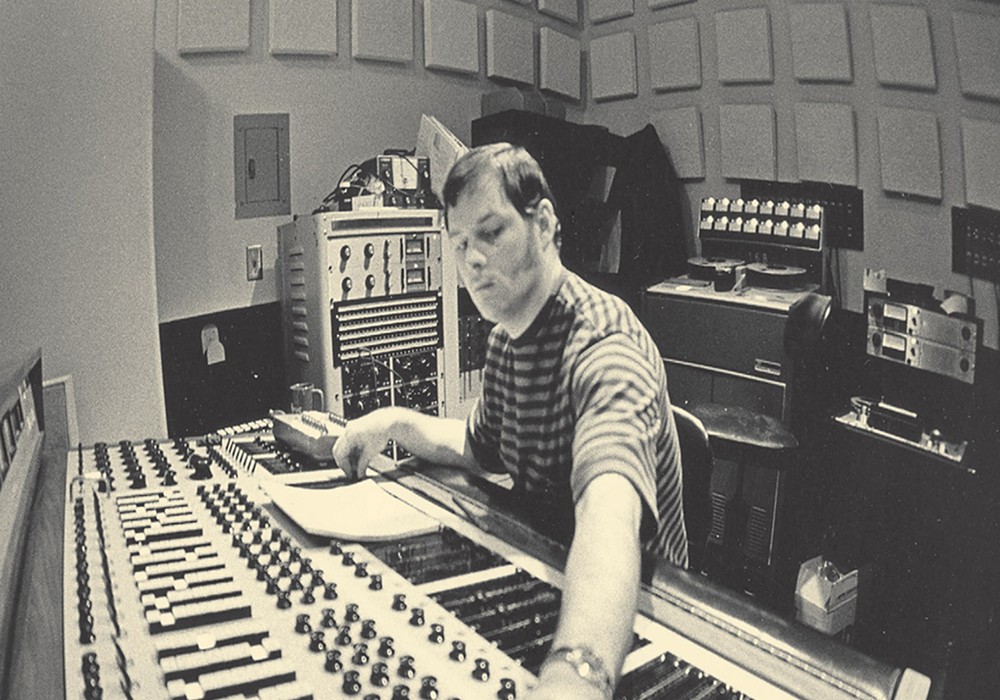Laraaji (born as Edward Larry Gordon) may be most well-known for his 1980 album Ambient 3: Day of Radiance, a collaboration with Brian Eno for his legendary ambient series of recordings, but Laraaji’s career has actually spanned more than 40 years and includes over 50 releases. However, music is only one element of this laughter artist, meditation practitioner, and mystic traveler. As Eno says, “Laraaji is one of the calmest and most serious people I have ever met, and also one of the most lighthearted. It’s an unusual combination, but somehow both qualities show in his work – it’s deep and bright at the same time.”
What got you interested in music in the first place?
I was in Philadelphia for my first two years of life on the planet, but I grew up mostly in New Jersey. I was exposed to music through the church, so it was celebration, prayer, and sacred music. Also, the radio; Bing Crosby, Nat King Cole, and whoever was popular. My mother, listening to soap operas and singing refrains from church music around the house. I felt that when music was happening, it was a livelier place to be; that music transformed the environment to an easier, more harmonious and uplifting space. I realized that music was a way for me to escape, journey, or go on fantasy worlds that would take some pressure off whatever situation I was experiencing as a child growing up. Music was a bridge to an expansive place and it helped me to realize why teenagers can go into their rooms, turn up the music, and block out the frequency of the parents. [laughs] Block out the frequency of the authoritarian world.
It’s interesting you say that you found it to be a retreat early on.
Yes. Music is a staple. Sometimes I’ll go a day or two without music and then I’ll remember, “Hey, I need music!” Music allows me to transfer my sense of identity from this heavy, corporal body to a weightless, spacious, timelessness. That I trade my body of flesh for a body of sound and music, and that the spirit soars much further and freer when it is identifying itself through a musical language rather than a physical body language.
At what point did that start to make sense to you in your musical journey?
It was most deeply impressed upon me in the mid-’70s of having an audio listening experience of an otherworldly paranormal, where I realized that music of another dimension could transport me to a dimension outside of, or even within, the third and fourth dimension. It was hearing a music that allowed my awareness to feel the nature of eternity, and to feel the unity of everything in the universe occurring in the same moment of now. That was probably the deepest and most profound realization of music’s power to transport the mind and to transform the environment within which the emotions are playing out.
Do you remember what that music was?
The best I can describe it was multiple layers of brass instruments weaving this timeless, symphonic celebration. It felt like a grand celebration of the reunion of all souls of sentient beings in the present moment. It brought me close to tears because of the excruciating beauty of the experience, of feeling the infinite absence of separation of all things in the universe, and it being celebrated by this music. It might have lasted five or ten minutes, and, while having the experience, my analytical mind was busy trying to figure out how this was happening. It wasn’t a sound coming from an external source, and I couldn’t record or write it down. I was mystified by the experience. It activated my awareness and my ability to be aware in another dimension than I was familiar with. Some might call it the fifth dimension, the transcendental field, or the void. But there I was, or here I am, experiencing this expanded consciousness emotional state, this expanded sense of love and adoration for the universe. And so that experience with music shifted my direction of music performance and composition. Of course, it deepened my appreciation for the power of music to transport a listener, or to stabilize a listener.
Was this something that you were hearing in your mind?
Well, it took me a little while of investigation and research to get a better understanding of what that was all about. I’ve come to a realization that it has a non-linear sound; no beginning and no ending. It’s not appearing in the three-dimensional realm. It’s the sound of the infinite field vibrating, so my hearing was not a linear hearing experience. It was all-immersive, as if I were the listener, the medium, and the music. I wasn’t using my ears, and I later learned that we have that experience vibrating through the cerebral cortex in the brain. We hear it as a pulsation. You may not even want to use the term “feeling,” but we hear it and acknowledge it as a pulsational experience, which translates closest to an audio experience. It was not coming from outside of my physical body or the physical environment, rather it was a result of my meditation experience. It happened during a time of the evening when I generally go into deep meditation, so I was very receptive on a transcendental level. The music was a very bold declaration that there is no past or future, that time is a consistent present moment. I have to check myself when I talk about it as though it happened in the year of 1974, when the underlying teaching is that it’s a continuous, non-beginning, non-ending sound continuum. As I acclimate my consciousness, it appears all over my awareness. But I can hear it now, or tune into it now. I’s called nadam in the Indian and yogic tradition, as the inner sound current that’s used by yogis and yoginis to lift the awareness out of the personal separate body into the universal, unified field body.
Have you tried to translate it into any of the recordings you’ve released?
What I came to understand is that I did not need to duplicate that music. But having had that experience, I was told by a mentor that it was an initiation which expanded my sense of spatial awareness and time, so that the music that I bring forth now is informed by the space and timelessness that I experienced. When I’ve tried to reach for that same sonic experience, it’s best happened through electric zither or hammered zither, so that all the strings are ringing simultaneously and there’s no one melodic figure sticking out. All the strings are celebrating and vibrating at the same time to create this wall of sound.
What are your thoughts on trying to capture something similar to that experience in a fixed medium?
I gave up a long time ago trying to capture that listening experience. What I can do is represent my advanced, or expanded, emotional state or conscious awareness as a result of having had that experience. Somehow my enthusiasm, dedication, and devotion to the music that I do does relax the audience and the listener or, even better, it points to that inaudible, transcendental experience and encourages or supports their going within and waiting for or being prepared to recognize that emotional experience themselves. The reason I don’t think I can produce it out here is that the nature of the sound is non-physical. It has no ending or beginning, and the instruments that I use on this side of the veil are to produce a music that has a beginning and an ending, and the sound travels over physical distance to someone’s ears. The closest I’ve come to duplicating the experience is to reach for a sound experience where the listener is immersed in the sound, which can awaken some inner intuition that allows them to feel the entirety of the universe as an experience. I can use my music to point to the ability to have this experience, and to prepare an environment so that when my music is withdrawn from that environment, the listener is left in a sense of stillness and quietude that allows them to hear the more subtle and serene inner music.
How are people ready? When are people ready? Is that an unanswerable question?
You’re very perceptive. I was ready. I had prepared myself for it. I didn’t know it existed for me to be ready for. It was a result of me exploring deeper states of meditation that had ultimately prepared myself to attract this meditative listening experience. Some might even call it samadhi, where the awareness is very present and in a very sustained state of still presence. So my preparation for it was meditation through breathing, through relaxing my identification with all the titles, so that I could feel the pure I Am; the I Am that has no titles. And learning how to sit still for over 21 minutes; the ability to sit still and to be conscious without the mind being busy with linear thinking. All of those things I had prepared myself for through experimental and explorational meditation. The general lay public could have this experience while doing psychotropic or hallucinogenic substances. They could probably have the experience after hearing a very inspiring orchestral concert somewhere. After the music ends, they might go outside and walk by themselves silently and have a welling up of an inner response to the outer music.
What are your thoughts on all of the elements that help create these awakenings and ultimate realizations, speaking to the power of music?
The power of music is in its suggestion and its ability to suggest. I allow for the very real possibility that, at the core of everyone, there is a memory of ourselves being one, being with source, being eternal, being perfect, and that music can activate that memory; whether it’s trance music, whether it’s sacred music, or whether it’s exploratory avant-garde new music. Depending on the individual, music can strike a chord. Music might suggest to them a memory of being infinitely euphoric, or in deep equilibrium. Music can suggest a harmonization of subconscious stress patterns, leaving the listener reconnecting with a spacious sense of peace and harmony where they are. Music works through suggestion; that’s its power. Music can suggest the movement of breath and the movement of fluids through the body. Music can suggest the resolution of stress and congestion in the mental or emotional body. Music can also suggest joy and celebration; an invitation to dance and to get up and move the body, or to smile and laugh, or to welcome society and to move in society with joy and with celebration. The suggestion power of music is its power. Whether we listen to a Beatles song or listen to an orchestral number, something in the music can trigger a memory, maybe a memory from this lifetime – either a romantic memory, a childhood memory, or a beatific memory of encounters with nature – or music can suggest an even deeper eternal memory of ourselves being one with all and being eternal. Especially in the Indian tradition, that incorporates drone elements using the tamboura or shruti box to establish a drone that’s faintly heard during the execution. That element can suggest to the listener a connection to eternity, the continuum of the present moment. In the hands of the composer, the musician, the sound mixer, or the DJ, we can narrate the listener’s inner journey, whether it’s superficial, whether it’s personal, just contemporary lifestyle music, or that it allows the listener to drop even deeper into trance and to connect with the deeper field of the soul’s presence.
Laughter has been a huge part of your workshops.
Laughter has been a staple in my social life, family life, academic life, and career life. I appreciate the ability of laughter to relax the body and level the playing field. I used laughter and comedy when I was growing up in a rather tough neighborhood; I was known as the person who could relax the bullies in the neighborhood with humor. Stand-up comedy became a focus of mine. I appreciated what Red Skelton, Flip Wilson, Carl Reiner, and Mel Brooks did, because I thought that it was sacred work. When you can get the human spirit to temporarily drop its overwhelm with world situations or personal problems and give the whole physique, the whole breath, and mental structure to the behavior of laughter; it’s a total release. I admired that so much that I wanted to get my hands on that medicine and distribute it myself. When I was in college I was inspired by the likes of Richard Pryor to come to New York and try out at the comedy auditions. As much as I was interested in comedy, I wasn’t interested in the idea of being a stand-up comedian after all, because the early stages are filled with staying up late in smoke-filled coffee houses and nightclubs waiting to go on late. At some point, I returned to full-time music. I began incorporating five minutes of my own laughter exercises into my music workshops. The laughter took off so big that it became a workshop all of its own in the early ‘80s. The laughter workshops were conducted with me being on the same level as the participants. I would let the workshops pretty much guide themselves. It involved taking people into the meditation zone. There I was, bringing in a spiritual aspect of laughter, using laughter to take people into the deep relaxation and meditative zone. I’m able to tap into my earlier appreciation of laughter as a sacred medicine, but now I’m able to tap into that vision without polarizing people – not using comedy material that polarizes people, but rather using the laughter reflex to bring people into a state of relaxation and meditation.
I think that you do music for different reasons than a lot of people who are making music.
That’s very so. After doing inner work, inner soul-searching, and inner resetting, I decided that my gift is a gift that can be shared in terms of using it to serve other peoples’ internal visions, helping people to go into places of relaxation, tranquilness, and introspection in a way they can’t do on their own. I, as a music artist, offer my service as a planetary servant in that manner.
The record, Day of Radiance, that you made with Brian Eno is a departure from others in his ambient series. It’s not a mellow record; it’s very intense. I was curious about what making that record was like?
Well, your curiosity about the ambient direction of that recording is right on, Geoff. That album, after its release, was not often categorized along with the other tranquil stillness ambient records, because it stuck out like a sore thumb. But it’s appreciated in its own way. When Brian approached me in Washington Square Park one balmy autumn evening, it was an area of the park where I played often. I would set myself up on a mat and sit cross-legged and churn out this music; this soundscape music with this electric zither going through this small Panasonic tape recorder that doubled as a loudspeaker. After playing one night, a couple came over to me and started a conversation about Fripp & Eno, and suggested I might be interested in tuning in to what they were doing. I didn’t know what they were talking about. They kept saying, “Fripp and Eno,” and eventually I got it that they were talking about people named Robert Fripp and Brian Eno. A month later, I was there at the same place finishing up my playing at night, and I was counting my change in my zither case. There was this piece of paper, and in a very legible handwriting, something like, “Dear Sir, please excuse this scraggly piece of paper or this impromptu message, but I’m wondering if you would mind talking and we could discuss about your contributing music to a project I’m working on,” signed Brian Eno. I thought, “Wow, what a coincidence!” I had not yet become clear who Brian was, but the momentum of the conversation with the people a month earlier established that he was somebody to be reckoned with. The next day I called him and we arranged to meet at his loft. We sat and talked about electronics, music, world events, as well as psychological and philosophical ideas, and then we got around to talking about ambient music. It was the first time I had heard the word “ambient.” He was patiently and kindly offering to get me to understand the concept of ambient. I wasn’t sure I was getting it. He was using music as an environment to be in. It’s not music to be the center of attention. Based on what I thought he was saying, I felt sure that if we went into a studio, something interesting would happen if he was willing to point the way. We agreed to go into a studio, and he set up the situation in which Day of Radiance would evolve. He introduced me to double-tracking; it was the first time I double-tracked the zither to create that luscious chorus experience. He introduced me to the idea of using high-quality microphones on the zither to capture more of the juice of the zither’s acoustic presence. We also found out in our first recording that the high vibrational energy of the hammered zither work was perfect, but the studio was not perfect for the meditative side, because mechanical sounds from other parts of that recording studio building were leaking into the recording. So, six months later, we finished the entire album by going to another studio to accomplish the meditative tracks. I remember leaving the recording studio at that time, and Brian, under his arms, was clutching this big box of multitrack analog tape. From there it evolved. My feeling, at that time, was that music should offer itself to the quietude of the listener. I restrained myself from putting too many liner notes on the album. If you look at the back of the album, there’s a minimal amount of printed wording or material, to acknowledge the internal spaciousness that I wanted the music to guide the listener to.
What was the direction that Brian provided, in terms of production? Did he just want you to play and then he curated, or was it more specific?
Well, he heard me in Washington Square Park, so he pointed at me going into that vernacular of hammered zither. When I had finished doing the first tracks, he suggested that I do other tracks over it. That was his input to get that spacious, luscious sound. Also, afterwards, listening back over the years, I realized that he did some tweaking with the Eventide [H910] Harmonizer to accent some of the overtones. He also did something very trippy in the studio. He slowed down one of the hammered zither tracks so that it was more of a gentle movement, rather than a rushed dance. That was new to my ears, the idea of altering the playback speed.
Do you think Brian presented your music in a different way?
Yes. Over the years I have gotten reports from people who have listened to the music. A person from Japan told me that when he was young, as a teenager, he and his friends would get into a room, put the record on, do some cannabis, turn the lights out, and trip on the record. A teacher from the Midwest said that he used the music to calm his classes down. [laughs]
How did you come to create the tunings for the zither that were non-standard? They’ve done a lot of research on tuning away from A440 to more of a human resonance.
I went for a whole season of concert touring with 432, to see if I could hear results or get feedback. I could not come to any definitive decision about whether 432 was better than 440. Does the body know that you’re doing A440, A432, or A444? I’m still without a clear indication of what it means, or what it’s really impacting. On that same note, I’m thinking of the consumer mechanics society, where consumers can custom-design their appliances to make sound in a certain key or a certain chord. I understand that when you hear a car horn, you’re hearing two horns at the same time. They’re either a fourth or a fifth interval apart to create a sound that cuts through the environmental noise. But if air conditioners and refrigerators were made to make sounds that could harmonize the human spirit, I’d say that might be the way to go. We’re talking about ambient sound healing; using ambient sounds and noises in our environment to heal and to organize ourselves in a more socially harmonious way. Even the ringing of the phone can be a nuisance or an annoyance at times, unless you’re expecting a royalty check! [laughs] The way the phone rings, the way the doorbell rings, and even those hand driers in airports where it blows air; they can be very unnerving sounds to be subjected to. We’re talking about a society where all the sounds have been custom-designed to be harmonious to the human spirit.
Will it happen?
It might happen in a prototype; like presenting it in a movie, story, or a play, as a fantasy, to let it trigger somebody’s imagination. You’re doing it with eco-friendly products, knowing how to create a pollution-free home and not creating items that outgas or pollute. You’ve got people who have put time and energy into making sure their home is totally green. How about making sure that your sonic environment is green?
That’s an amazing idea.
On the way to that, you have artists who are producing recordings, and they make a contribution to that, whether they’re called new age artists, healing artists, or ambient artists. The idea of putting instruments into the hands of the public to help them to navigate and create their sound environment, even if it means they have to overpower the sound of the refrigerator or the air conditioner.
How can we become better listeners?
One way is to practice deep breathing to relax our nervous systems. It might be a minute, or five minutes, of alternate nostril breathing, or finding a breathing pattern that’s comfortable and convenient. Breathing is one way of relaxing the nervous system, and that is something strongly advised in order to be present in the moment to hear and to feel music. Diet is important. If you were to eat some red hot chili peppers and drink a gallon of Cutty Sark, what kind of situation would you be ready to listen to? Turn off distracting things like the phone, or if you’re expecting any distractions to direct them to another time. Give yourself a comfortable chair, or if you’re into yoga postures, a comfortable sitting situation. And a comfortable tech situation, whether you’re listening on good-quality headphones, earbuds, or a good speaker system. That plays a large part, to treat yourself to a very deep, therapeutic listening experience. Those are my suggestions. 
